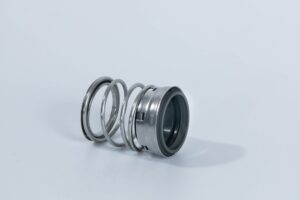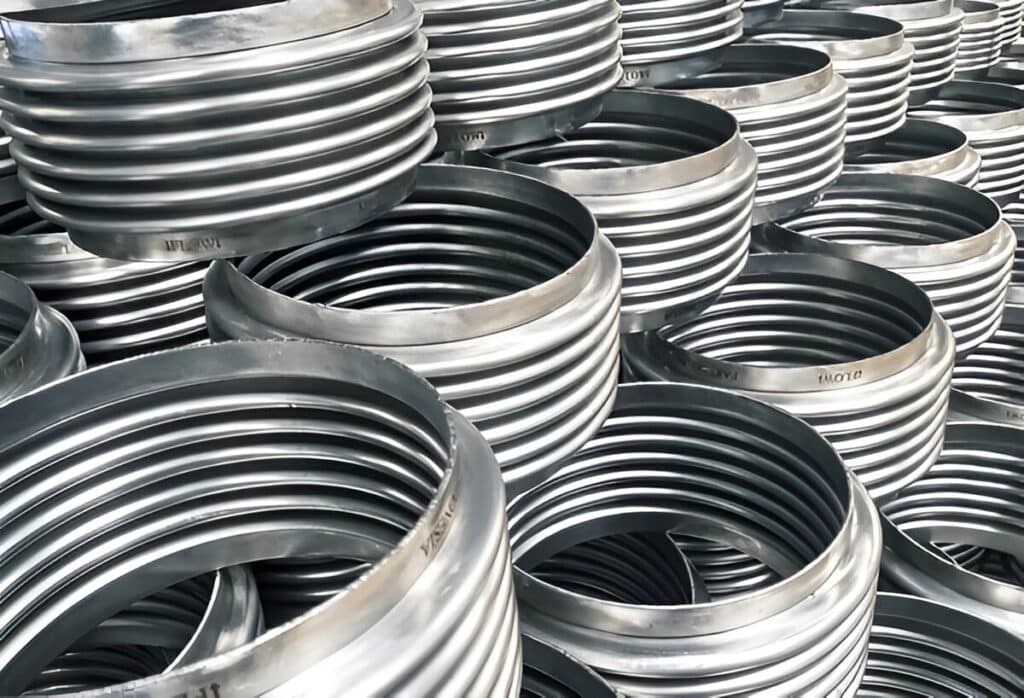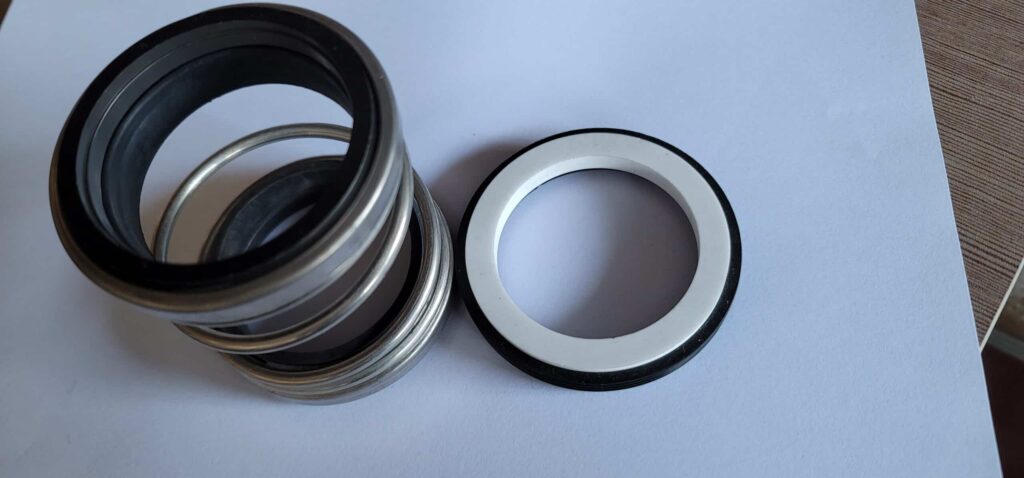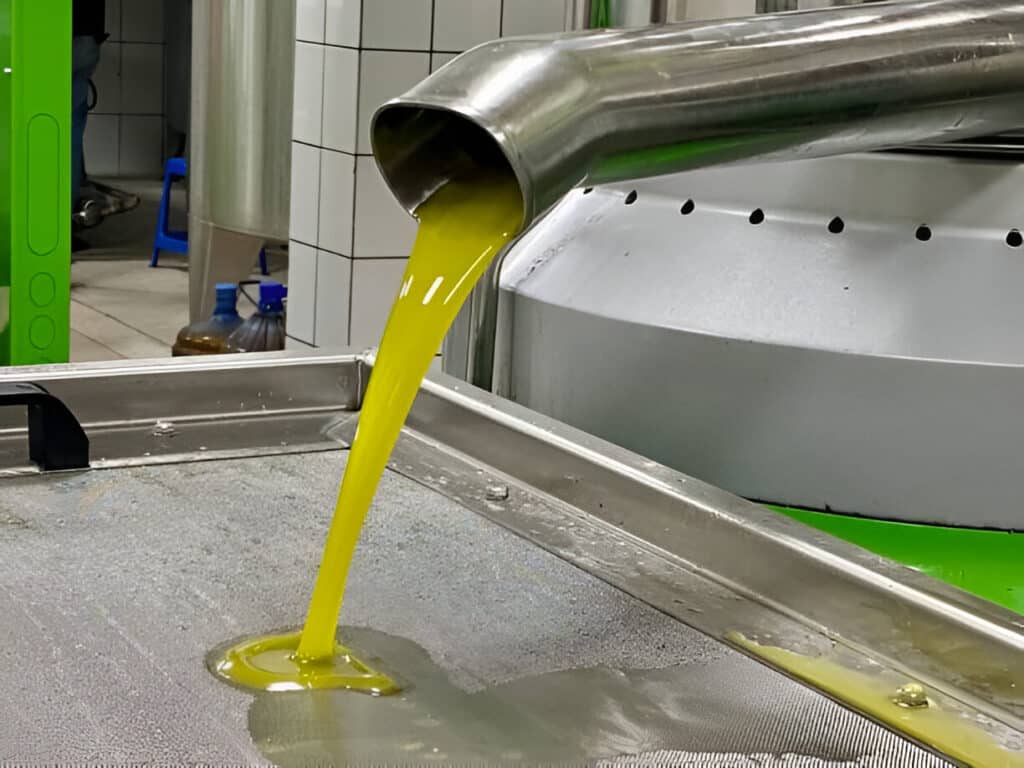Droop, a common phenomenon in pressure regulators, plays a crucial role in determining the performance and efficiency of these devices. This comprehensive article delves into the concept of droop, its influencing factors, and various techniques to minimize its impact on regulator performance.
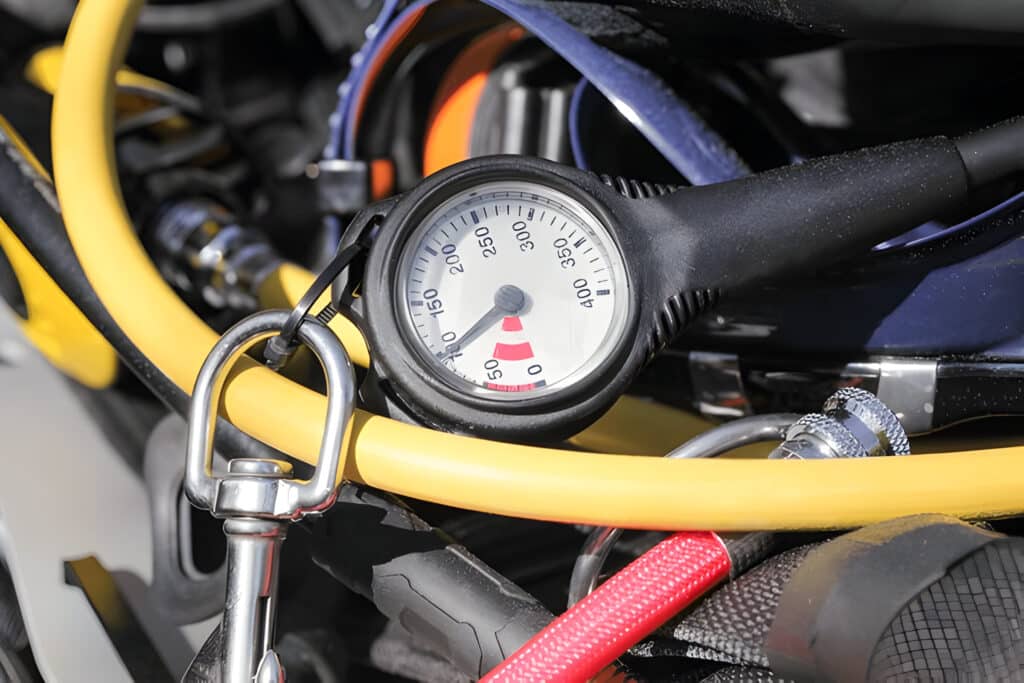
What Is Droop on a Regulator
Droop is defined as a decrease in the outlet pressure of a regulator that occurs when there is an increase in the flow rate through the regulator. It is an inherent characteristic in most self-operated and pilot-operated pressure regulators. As the downstream flow increases, the outlet pressure drops below the set point, resulting in a deviation from the desired pressure.
Factors Influencing Droop
3 key factors contribute to the occurrence and magnitude of droop in pressure regulators:
- Diaphragm Area: The size of the diaphragm directly impacts the regulator’s sensitivity to changes in flow rate. A larger diaphragm area provides greater force to counteract the pressure drop, resulting in reduced droop.
- Valve Stroke Length: The distance the valve travels during operation affects the regulator’s ability to maintain a constant pressure. Longer stroke lengths tend to increase droop, as the valve has to move further to accommodate changes in flow rate.
- Spring Rate: The stiffness of the loading spring determines the regulator’s response to pressure changes. A higher spring rate results in less droop, as the spring provides more resistance to the valve movement.
Droop in Different Regulator Designs
The extent of droop varies across different regulator designs:
- Self-Operated Regulators: These regulators typically exhibit droop levels ranging from 10% to 30%. The droop is primarily influenced by the diaphragm area, valve stroke length, and spring rate.
- Pilot-Operated Regulators: With the addition of a pilot valve, these regulators offer improved accuracy and reduced droop, typically in the range of 5% to 10%. The pilot valve helps to maintain a more stable outlet pressure by continuously adjusting the regulator’s response.
- Dome-Loaded Valves: Dome-loaded regulators achieve very high accuracy, with droop levels as low as 2% to 5%. The elimination of the spring in favor of an externally-applied pressure (dome pressure) allows for precise control and minimal droop.
How to Minimize Droop
Several strategies can be employed to minimize droop and improve regulator performance:
- Selecting a Regulator with Matched Inlet Pressure: Choosing a regulator where the inlet pressure closely matches the actual system pressure helps to reduce droop. This ensures that the regulator operates within its optimal range and minimizes the pressure drop across the valve.
- Increasing the Diaphragm Area: A larger diaphragm area provides more force to counteract pressure changes, resulting in reduced droop. However, this approach may require a larger regulator body and increased installation space.
- Decreasing the Spring Rate and/or Valve Stroke Length: Reducing the spring rate or the valve stroke length can help to minimize droop. A softer spring allows the valve to respond more quickly to pressure changes, while a shorter stroke length reduces the distance the valve needs to travel.
- Using a Pilot-Operated or Externally-Loaded Regulator for High-Accuracy Applications: For applications requiring precise pressure control, pilot-operated or externally-loaded regulators are preferred. These designs offer improved accuracy and reduced droop compared to self-operated regulators.
- Implementing External Pressure Feedback Control: By incorporating an external feedback loop, the regulator can continuously monitor the downstream pressure and adjust its response accordingly. This closed-loop control system helps to maintain a more stable outlet pressure and minimize droop.
- Minimizing Frictional Losses and Pressure Drop in the Regulator Flow Path: Reducing frictional losses and pressure drop within the regulator’s flow path can help to improve performance and minimize droop. This can be achieved through optimized valve and seat designs, as well as proper sizing of the regulator for the specific application.
- Choosing the Proper Regulator: Selecting the appropriate regulator for the specific application also can minimize droop.
FAQs
What does a regulator do on a pump
A regulator on a pump is designed to maintain a constant output pressure regardless of changes in the flow rate or inlet pressure. It helps to protect the downstream components from excessive pressure and ensures consistent performance of the pumping system.
What does a pressure-reducing regulator do
A pressure-reducing regulator is a device that reduces a higher inlet pressure to a lower, stable outlet pressure. It maintains the downstream pressure at a predetermined set point, regardless of fluctuations in the upstream pressure or flow rate. Pressure-reducing regulators are commonly used in applications where a lower, constant pressure is required downstream of a high-pressure source.
Conclusion
Droop is an essential consideration in the selection and application of pressure regulators. By understanding the factors that influence droop and employing appropriate strategies to minimize its impact, users can optimize regulator performance and ensure consistent pressure control in their systems.


